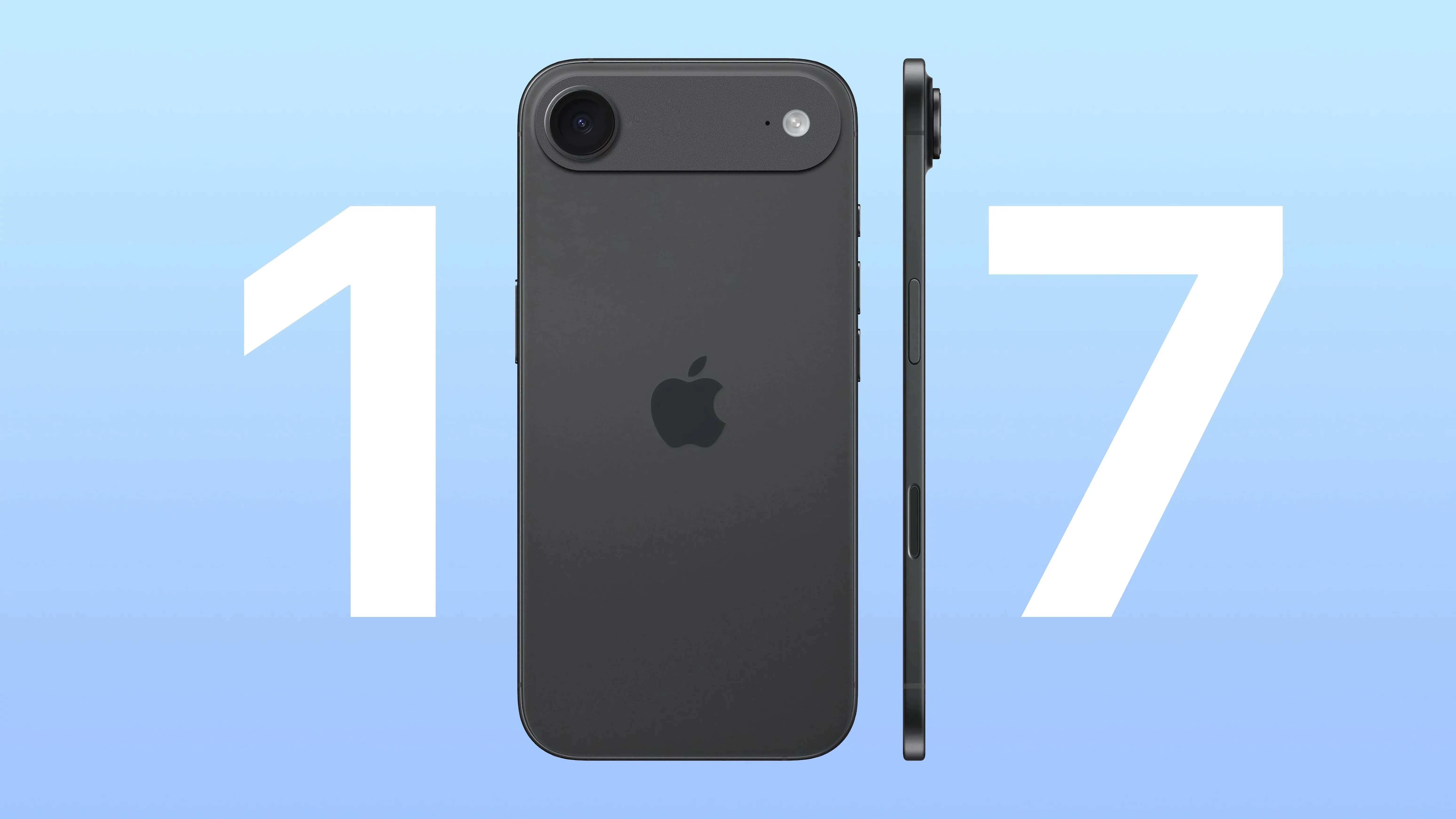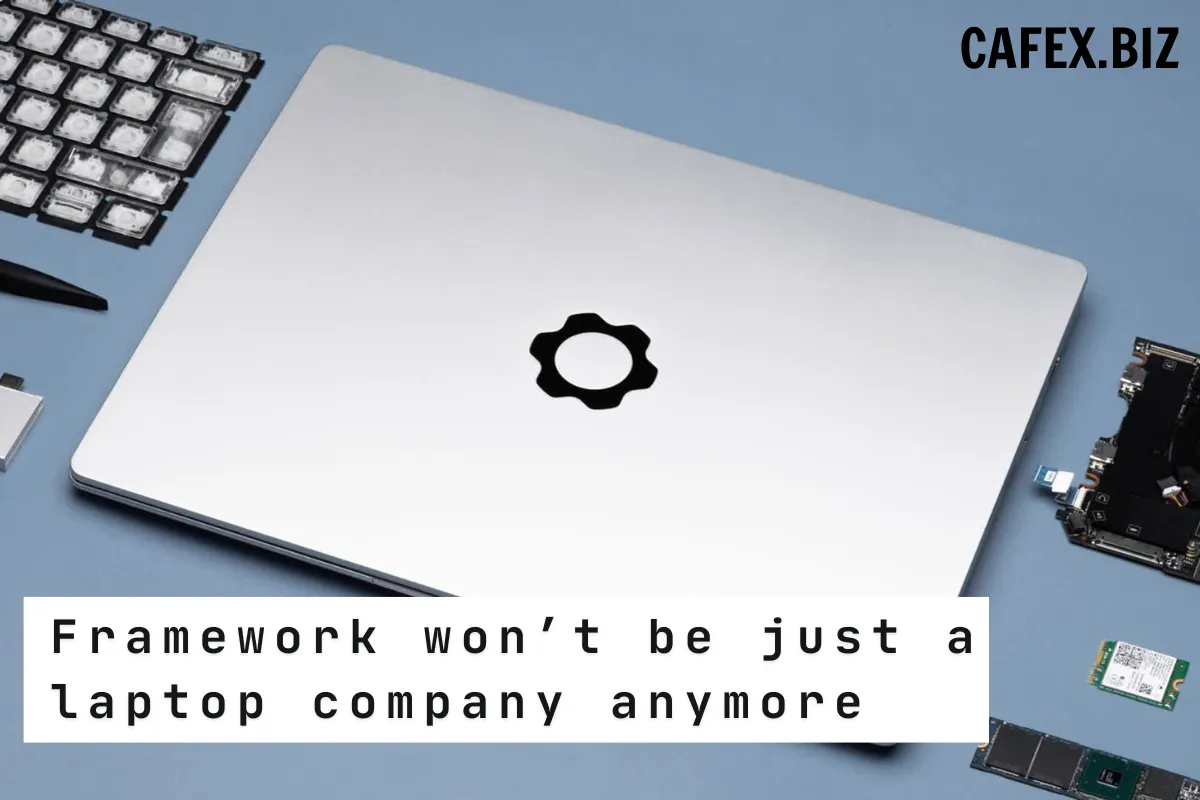Apple’s upcoming iPhone 17 Air is generating significant buzz, with reports indicating that the tech giant considered making it the first entirely port-free iPhone. The decision, however, was ultimately shelved due to concerns about regulatory implications and user convenience.
A New Slimmer iPhone in the Works
According to Bloomberg’s Mark Gurman, Apple is planning to launch the iPhone 17 Air this fall, marking the introduction of an “Air” model in the iPhone lineup. Much like the MacBook Air, this variant will be slimmer than the standard iPhone models while blending high-end and lower-end features. Apple engineers reportedly undertook a massive effort to redesign the phone with thinner batteries without compromising battery life.

The drive for a thinner device aligns with Apple’s broader design philosophy, which has consistently pushed for sleeker, more lightweight products. The company has a long history of sacrificing certain hardware elements, such as the headphone jack and physical SIM card slot, to achieve more streamlined designs.
The Idea of a Completely Portless iPhone
One of the most intriguing revelations from Gurman’s report is that Apple seriously considered making the iPhone 17 Air completely portless. Under this concept, the device would rely exclusively on wireless charging and cloud-based data transfer, eliminating the need for a physical charging port or USB-C connection.
This idea aligns with Apple’s past efforts to move toward a more wireless ecosystem. The company introduced MagSafe wireless charging in 2020, and its push toward cloud-based services has been evident through iCloud and AirDrop enhancements. A fully wireless iPhone would further Apple's vision of a seamless, cable-free experience.
Why Apple Scrapped the Portless Design For Now
Despite initial enthusiasm, Apple reportedly backed away from making the iPhone 17 Air completely port-free due to several key concerns. One major factor was regulatory scrutiny, particularly from the European Union, which recently mandated that all smartphones must support USB-C charging. Given Apple’s transition to USB-C starting with the iPhone 15 series, removing physical ports altogether may have invited additional regulatory complications.
Moreover, eliminating the charging port could have alienated a large portion of Apple’s user base. Many users still rely on wired charging, especially in situations where wireless charging may not be practical or efficient. While MagSafe has improved wireless charging speeds, it still doesn’t match the efficiency of a wired connection. Additionally, users who frequently transfer large files between devices might have found cloud-based syncing and AirDrop insufficient compared to a wired USB-C connection.
A Future Without Ports?
While Apple has decided against a portless iPhone 17 Air for now, the company’s long-term vision for a completely wireless device remains plausible. Apple has a history of phasing out ports and connectors, as seen with the removal of the headphone jack in 2016 and the transition away from physical SIM cards.

Future advancements in wireless charging technology and data transfer speeds could make a portless iPhone more viable. Apple has been investing heavily in MagSafe and other wireless technologies, suggesting that a fully wireless iPhone could eventually become a reality.
What to Expect from iPhone 17 Air
Despite forgoing the portless design, the iPhone 17 Air is expected to bring significant improvements to the iPhone lineup. Here’s what we know so far:
-
Thinner and Lighter Design: Engineers have reportedly worked to create a sleeker phone without compromising battery life.
-
USB-C Connectivity: Unlike the rumored portless design, the iPhone 17 Air will retain a USB-C port for charging and data transfer.
-
Enhanced Battery Efficiency: Apple is expected to integrate more power-efficient battery technology to maintain strong battery performance despite a thinner build.
-
Wireless Charging Enhancements: While the device won’t be completely port-free, Apple is likely to improve MagSafe capabilities, possibly increasing charging speeds.
-
Premium and Affordable Blend: The iPhone 17 Air may combine features from both high-end Pro models and standard iPhones, making it an attractive choice for a broader audience.
Apple’s consideration of a portless iPhone 17 Air highlights its long-term ambitions for a truly wireless future. While the company ultimately chose not to implement this radical change in 2025, the idea remains on the horizon. For now, users can look forward to a sleek, lightweight iPhone with enhanced charging capabilities and a USB-C port, ensuring compatibility with global regulatory standards.
As Apple continues refining its wireless ecosystem, it wouldn’t be surprising to see a fully portless iPhone emerge in the coming years. Whether or not consumers are ready for such a change remains to be seen, but one thing is certain Apple’s vision for the future of smartphones is as ambitious as ever.

-1708932740.jpg)


-1712373087-q80.webp)